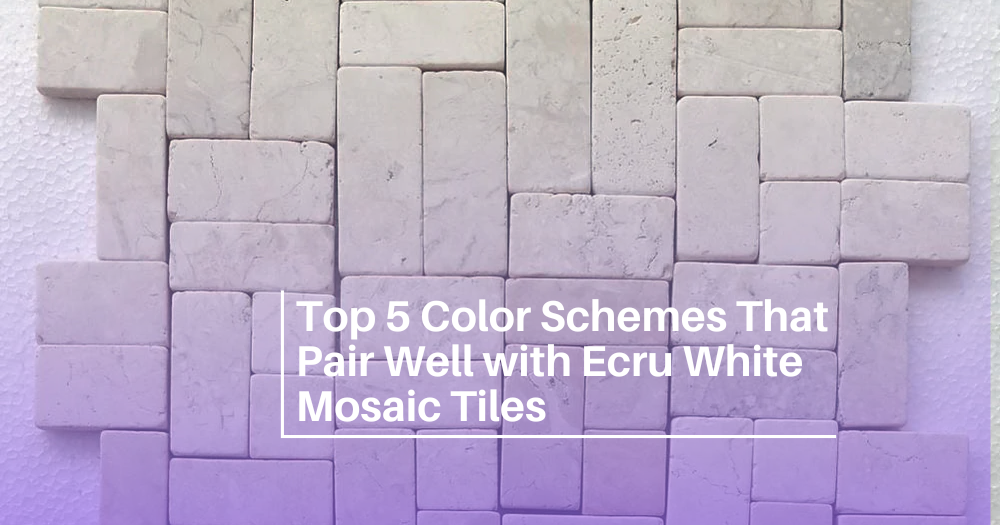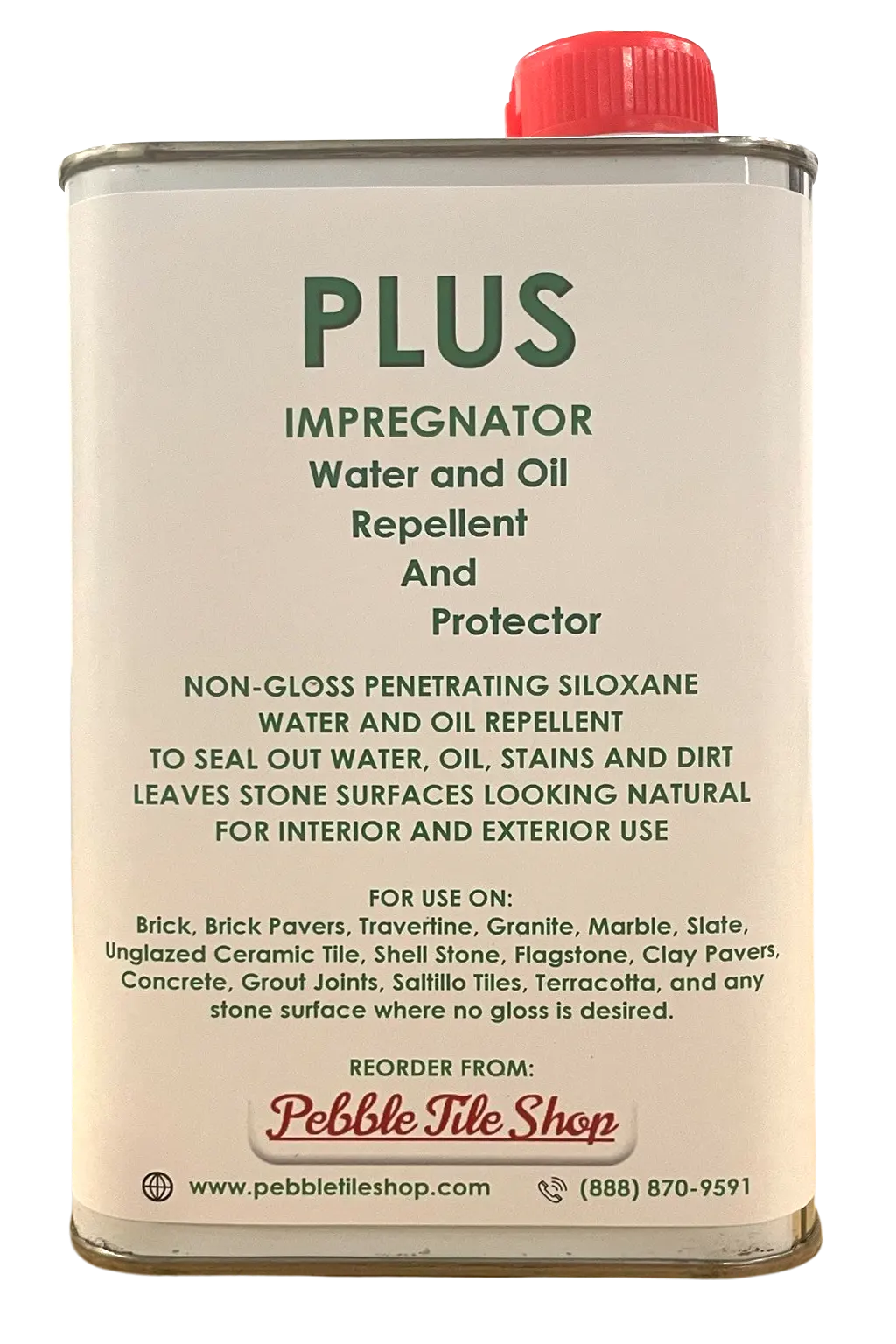When working with premium materials like Ecru White Antique Mosaic Tiles, the difference between a “nice job” and a stunning installation often lies in the details—and one of the most overlooked yet essential details is grouting.
Whether you're a DIY enthusiast tackling your first backsplash or a designer managing a full-scale renovation, understanding how to grout antique mosaic tiles properly can mean the difference between a clean, cohesive finish and a messy, uneven result.
In this guide, we’ll walk you through expert grouting tips tailored specifically to Ecru White Antique Mosaic Tiles, covering everything from color selection to sealing techniques. Plus, we’ll share real-world examples and pro advice to help ensure your tile installation not only looks flawless but also stands the test of time.
What Are Ecru White Antique Mosaic Tiles?
Before diving into the grouting details, let’s take a closer look at what makes these tiles special.
Ecru White Antique Mosaic Tiles are a natural stone mosaic featuring soft, neutral tones like ecru, ivory, white, and subtle beige. They are crafted in a tumbled or antiqued finish that evokes a timeless, slightly weathered look—ideal for rustic, farmhouse, Mediterranean, and transitional design themes.
-
Material: Natural stone (typically marble or limestone)
-
Finish: Antiqued / tumbled
-
Format: Mesh-backed mosaic sheets
-
Palette: Warm whites, soft greys, ecru, and taupe hues
The natural variation in tone and texture is what gives this tile its charm. But it also means grouting must be handled with care to preserve its unique, artisanal look.
Why Grouting Matters – Especially for Antique Mosaic Tiles
Grout isn't just about filling in the gaps—it’s a design element. For Ecru White Antique Mosaic Tiles, the grout you choose (and how you apply it) directly affects the tile’s final appearance. Grouting impacts:
-
Visual flow and cohesion
-
Ease of cleaning and maintenance
-
Durability and moisture resistance
-
The preservation of the antique finish
Getting the grouting process right helps enhance the beauty of the tile, not obscure it.
Choosing the Right Grout Color
This is the most common—and often most stressful—decision when working with antique tiles. Here’s how to choose a grout color that complements Ecru White Antique Mosaic Tiles:
✔️ Neutral Tones Work Best
Stick to soft greys, beige, or light taupe grout. These colors blend with the stone rather than compete with it.
Recommended Grout Colors:
-
Warm grey
-
Alabaster
-
Light taupe
-
Antique white
Avoid stark white (which can appear too bright against the soft stone) or very dark grout (which can make the tiles look disconnected and “outlined”).
🎨 Color Sample Test
Always test grout on a sample tile board. Grout color can dry darker or lighter than expected, and interacting with natural stone may alter its appearance.
Pro Tip: Wet a few tiles and lay out your top grout choices side-by-side to judge the contrast and harmony before committing.
Sanded vs. Unsanded Grout: Which One?
This depends on the width of your grout joints and the finish of your tile.
✅ Use Sanded Grout If:
-
Your grout lines are wider than 1/8"
-
You want stronger durability for floors or high-traffic areas
✅ Use Unsanded Grout If:
-
Your grout lines are less than 1/8"
-
You're working on a vertical surface like a backsplash or shower wall
-
You want to protect the soft surface of the antique stone
Because Ecru White Antique Mosaic Tiles are often made from softer, tumbled stone, unsanded grout is typically preferred to prevent scratching and maintain the antique finish.
Step-by-Step Grouting Process for Ecru White Antique Mosaic Tiles
Let’s walk through the actual process. These steps apply whether you're tiling a backsplash, bathroom, or feature wall.
🔧 1. Seal the Tiles First
Natural stone is porous. Sealing before grouting prevents the grout from penetrating and staining the tile surface—especially important with lighter-toned antique finishes.
Use: A penetrating stone sealer suitable for light-colored marble or limestone. Apply with a sponge or cloth and let it cure for 24 hours.
🧪 2. Mix Grout to a Creamy Consistency
Avoid mixing too dry or too wet. Aim for a peanut butter-like consistency that spreads easily without dripping.
Tip: Only mix as much grout as you can apply in about 15–20 minutes, especially if you’re working solo.
🧹 3. Apply Using a Rubber Float
Spread grout diagonally across the surface, pressing it into all joints. Work in small sections to prevent premature drying.
Avoid excessive pressure—especially with unsanded grout on soft stone—to keep from damaging the tile edges.
🧽 4. Wipe Off Excess Grout Gently
Wait about 10–15 minutes after application, then use a damp sponge (not soaking) to wipe away surface residue. Rinse and repeat as needed.
Be careful not to overwork the surface or drag grout from the joints.
⏳ 5. Let the Grout Cure
Allow grout to cure as per the manufacturer’s instructions—typically 24–48 hours. Don’t expose the area to water during this time.
🧴 6. Apply Final Sealant
Once the grout is dry, apply another coat of sealer to both the stone and grout. This enhances stain resistance and keeps the surface looking fresh.
Design Tips for a Flawless Finish
Here’s how professionals take the installation of Ecru White Antique Mosaic Tiles to the next level:
✨ Balance Matte & Gloss
Pair the matte finish of antique stone mosaic tiles with soft-gloss surfaces—like brushed brass hardware or polished marble countertops—to add depth and contrast.
🌿 Complement with Organic Materials
These tiles look stunning next to natural woods, linen textures, and soft lighting. Perfect for rustic, Mediterranean, or transitional styles.
🎯 Use Accent Lighting
Recessed or under-cabinet lights bring out the tone variation in the tiles and grout, especially when the grout complements the tile instead of overpowering it.
💡 Create Borders or Insets
Use stone mosaic tiles within framed borders made from larger stone or tile slabs for elegant insets in showers, floors, or backsplashes.
Common Grouting Mistakes to Avoid
Avoid these pitfalls to ensure a professional-looking result:
❌ Skipping the pre-seal – Can cause permanent grout staining
❌ Choosing stark white grout – Looks harsh and unnatural against warm-toned antique tiles
❌ Over-saturating the sponge – Leads to grout haze and weak joints
❌ Delaying wipe-down – Makes excess grout harder to remove from textured surfaces
❌ Using harsh cleaners – Can erode sealer or damage natural stone
Real-World Applications: Where Ecru White Antique Mosaic Tiles Shine
-
Kitchen backsplashes with brushed nickel hardware
-
Bathroom walls behind freestanding tubs or vanities
-
Shower floors (with sanded grout) for added grip
-
Fireplace surrounds paired with reclaimed wood mantels
-
Entryways or mudroom walls to add charm and durability
No matter where you install them, proper grouting is what brings these mosaics to life—preserving their antique beauty while ensuring performance.
Final Thoughts: Why Grouting Matters for Antique Mosaic Tiles
In tile design, the finish is everything. And with Ecru White Antique Mosaic Tiles, grout isn't just a technical necessity—it’s a design choice. Choosing the right grout color, texture, and application method ensures your tile installation feels intentional, polished, and true to the tile’s rustic character.
By sealing correctly, grouting with care, and maintaining your surfaces, you'll preserve the timeless charm of your mosaic tiles while adding value and durability to your space.
Where to Buy Ecru White Antique Mosaic Tiles
Looking to start your project with top-quality materials? You can shop Ecru White Antique Mosaic Tiles directly at Tile Hub.
At Tile Hub, we provide thoughtfully curated, premium-quality tiles that bring craftsmanship and character into your home. As the sister company of Pebble Tile Shop, we offer expert-backed products and design inspiration that transform ordinary spaces into extraordinary ones.
Your renovation deserves more than a surface finish—it deserves design done right. Explore the full collection at Tile Hub today.








